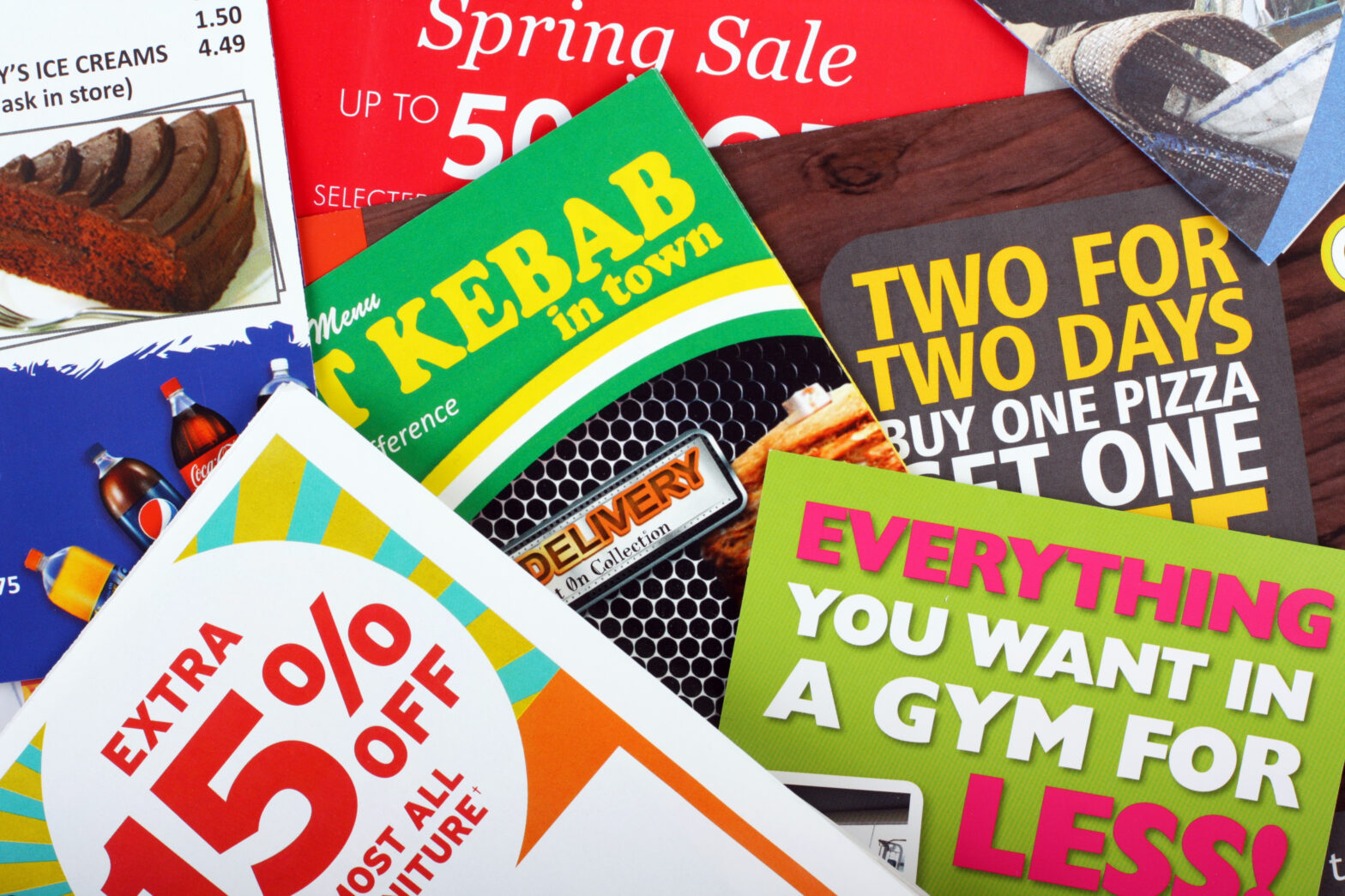It can have a large impact on both profitability and growth, so it’s essential to establish a budget for your printed marketing materials including business cards from Helloprint and such like.
Of course, it can be easy to overspend – particularly if you want the best of the best or are excited about a specific idea – but it’s crucial to stay on track. Typically, small businesses that earn less than £3 million a year should allocate around 7 per cent of their revenues to marketing, whereas higher earning companies can allocate more. Here are some important things to consider:
1. Think carefully about your overall marketing strategy
When it comes to setting a budget, think carefully about your entire marketing strategy.
If your target audience spends most of their time online and are regulars on social media platforms, for instance, digital marketing may be the way forward, requiring a significant proportion of your marketing budget. If, however, you’re hoping to rely on SEO strategies and other organic ways to attract customers digitally, you might decide to spend on printed marketing materials. Similarly, if your target market are not big internet users, then spending more on printed materials would seem sensible.
2. Decide which printed marketing materials are appropriate
Once you’ve split the marketing budget between offline and online resources, you can then decide which printed materials are appropriate and allocate the money accordingly. While brochures, banners, balloons and other elaborate marketing materials will be ideal for some companies, traditional business cards and discreet leaflets will be more suitable for others, so each company will spend their marketing budget differently. When thinking about how much you’ll need to spend on printed materials, however, don’t forget to factor in business fairs or events you might attend as you’ll certainly need additional marketing supplies to help promote what you do.
Review your marketing plans regularly and keep them flexible
While some marketing activities work really well, others can fall flat so be sure to analyse the impact certain activities have on the bottom line. If you earnt a lot of extra business by attending a job show, for instance, going back to the same event armed with boxes of business cards might be valuable and should be incorporated into your budget. If, however, it drummed up very little business, you might be better off going elsewhere or trying a different strategy. In short, marketing strategies should be reviewed regularly and kept as flexible as possible to avoid throwing money down the drain.
Knowing how much you want to spend on printed marketing materials is an important part of business, so always take the time to work out a budget and make strategical changes if needs be.





